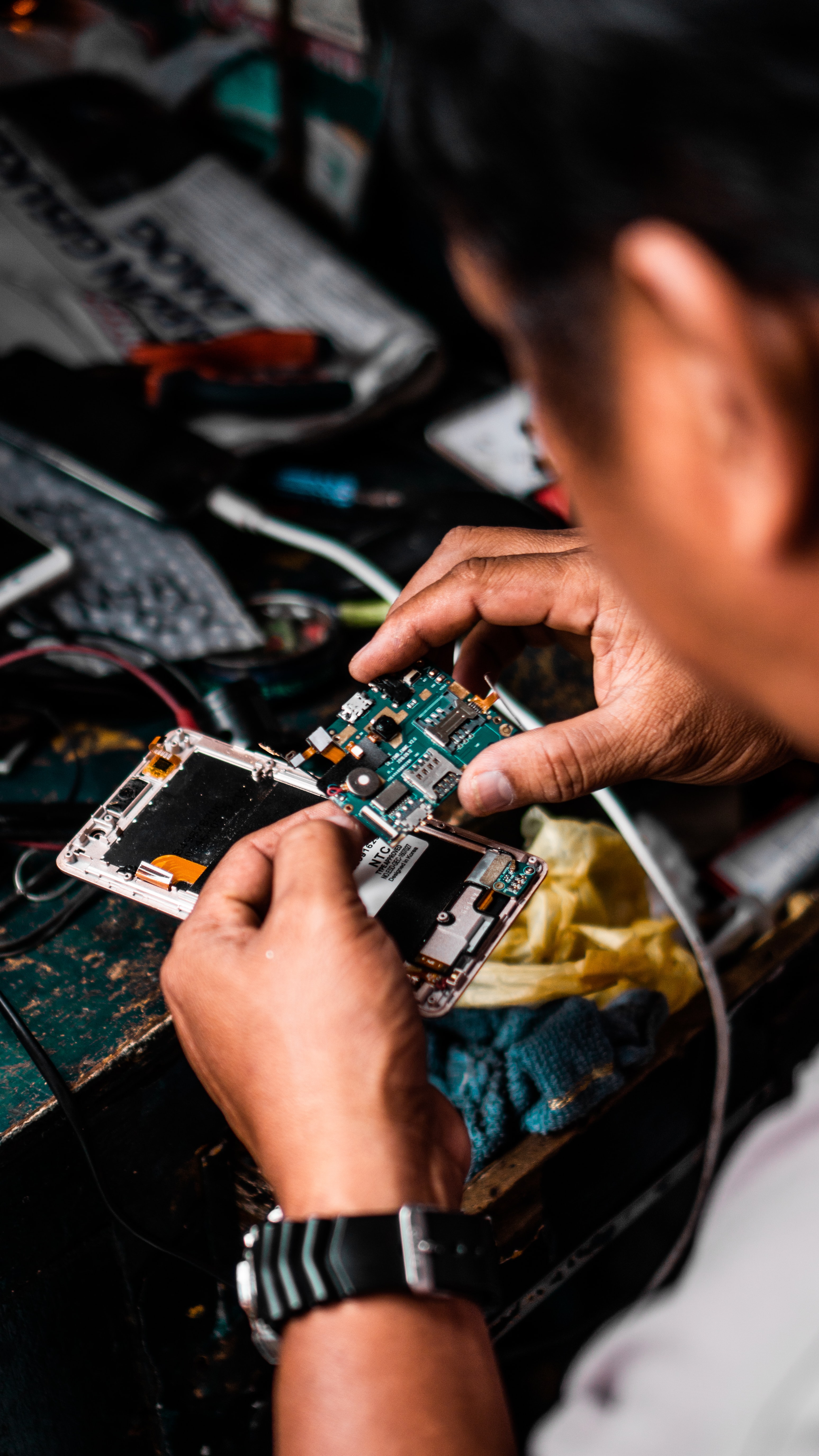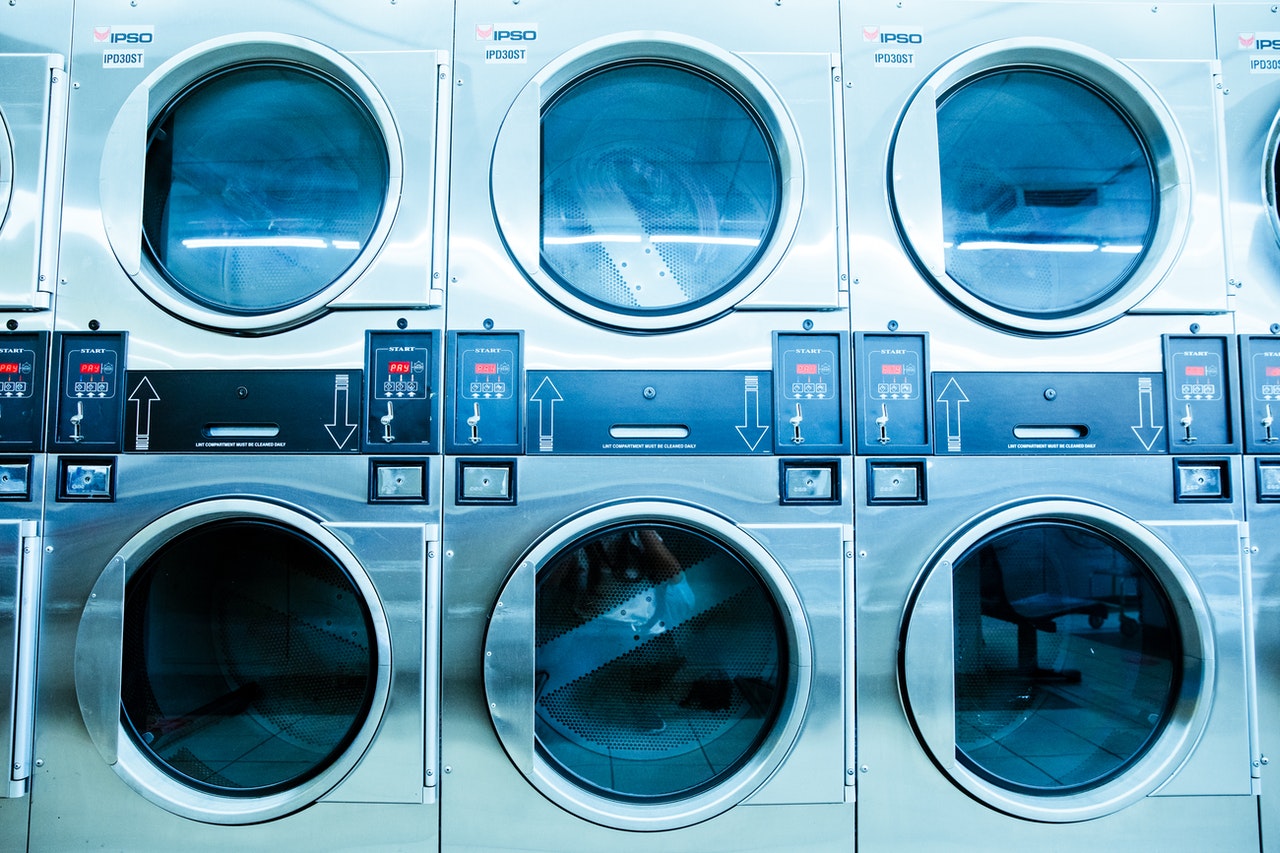The Controversial Design of E-Textiles

Wearing clothing integrated with electronics may not seem necessary to the average person. These types of garments, called e-textiles, combine clothing with data collecting technology to communicate information to an application.
Instead of wearing an Apple watch to monitor steps, for example, your t-shirt would be outfitted with sensors to collect the same data, and can sync this to your smartphone. Similarly, medical information like heart metrics can be collected by an e-textile garment and sent directly to doctors and flagged for high markers.
Aside from health measures, GPS can also be combined into fabrics for location sharing, which can be used for children who may not have phones or devices yet. While the previous uses of e-textiles have been more niche, their possibilities are starting to gain mass market momentum. However, their composition severely limits their potential to degrade to be recycled. Unless clothing and electronic manufacturers implement measures to reduce waste potential in the design phase, e-textiles will escalate the pollution problems already caused by the fashion and electronics industries.
Image credit: Sharon McCutcheon/Unsplash
It's important to note that e-textiles and smart textiles are often referred to as the same thing, however not all smart textiles are e-textiles. Examples of smart textiles are garments that have the ability to change color due to body temperature or have UV protection embedded, and don't necessarily contain actual electronic devices. The issue with e-textiles is that the integration of the electronics with fabric, and the production and disposal of these products, could intensify pre-existing environmental issues. E-textiles combine the problematic nature of textile and electronic waste. Consciously addressing the effect of e-textiles at the end of their life cycle will call for a recycling system that deals with both the textile and electronic components of the garment.
We don’t currently have sustainable systems for the disposal and recycling of these items separately, so to combine them without taking into consideration the end cycle impact of their raw materials could lay the foundation for another environmental dilemma. To avoid setting up the system for complete failure, certain considerations need to be made now. First, the textile companies must responsibly choose materials with the best ability to biodegrade, and the manufacturers of the integrated devices have to consider the longevity of the technology for wear and their disposal process. Technology that becomes obsolete in a short period of time significantly reduces the wearing cycle of the garment, which can lead to the user discarding it sooner.
To prepare for the eventual disposal of the garment, methods for separation between the technology and the textiles need to be established. Part of this also involves educating consumers about how to properly discard these items. For example, the producers of e-textiles could provide their own take back services and incentives to avoid the garments going to the wrong place. Additionally, recycling centers and drop off points could create specific spaces for these items to be placed.
Image credit: Clint Bustrillos/Unsplash
The integration of electronics into textiles can change the potential of the materials available to be recycled when the time comes. Because the environmental impact of e-textiles comes down to the design of two different sectors, local and national legislation could contribute to a cohesive solution that designates e-textiles as their own category, and outline how recycling facilities will receive and deal with them.
This would also mean training workers to identify the e-textiles and create methods for separating the electronics from the raw fibers. Because the electronics in the garments have the potential to contaminate the fibers for secondary use, protocols will need to be developed to properly remove them. To put this burden on the recycling facilities without a system in place would be unfair and likely a disaster, as they would be rejected at facilities because they don’t fall into a specific category.
Further considerations include how to design the garments so that they withstand laundering and have minimal impact on the water supply. This comes down to engineering the electronics to withstand the washing process. According to a study published in February of 2021 from the Fraunhofer Institute for Reliability and Microintegration in Berlin, there are currently “no standardized methods for wash testing of e-textiles and no protocols to comparably assess the washability of tested products”, and the care section of e-textile manufacturer Loomia suggests that garments can last “10 to 50 wash cycles, depending on the technology”. Before e-textiles enter the mass market, a coherent outline for care procedures is necessary to extend the life cycle of these garments.
Image credit: Ekaterina Belinskaya/PexelsThe testing and creation of care and recycling solutions are essential to the development of a sustainable system to support e-textiles. The responsibility of consumers is to consider their needs for these garments discerningly, and assess if the environmental impact and care measures are worth it. The goal for garment and technology designers should be the creation of design strategies for waste prevention. While e-textiles have been in circulation for a long time in specific areas such as the medical field and for targeted uses like electric blankets, the concern is how mass market popularity could escalate their role in environmental degradation.
Now is the time for investment and development to implement the use of biodegradable materials within electronics and textiles. Additionally, appropriate recycling methods will be crucial to prepare for the inevitable disposal of products. Essentially, the creators, consumers, stakeholders and responsible industries coming into this space have two options, to either create the strategies and and framework and manage their entrance sustainably, or rely on existing systems and manage another environmental crisis down the road.










